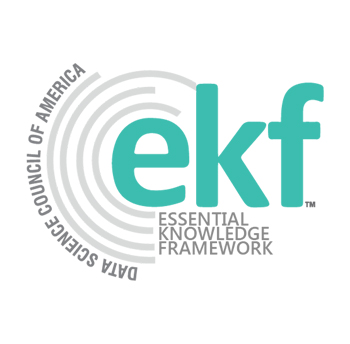The promise of the modern data stack is speed: ship new pipelines in hours, spin up cloud warehouses in minutes, deliver near-real-time dashboards. The trade-off? Silent failure modes multiply. A single schema change upstream can fan out to a dozen broken metrics before anyone notices and by then the board deck is already in an exec’s inbox.
Below is a field guide to spotting, isolating, and fixing data-quality incidents before they erode trust. We cover the failure patterns we see most in production, show practical detection code, and wrap with a battle-tested triage playbook.
1. Know Thy Failure Modes
| Symptom | Typical Root Cause | Detection Signal |
|---|---|---|
| Sudden metric drop-off | Upstream table truncated / partial load | Row-count anomaly spike |
| Duplicate rows in models | Late-arriving events re-processed without idempotency | Primary-key uniqueness test fails |
| Null creep | Source system started sending empty strings as NULL | Column null-percentage drift |
| Old data resurfacing | Batch backfill loaded 2019 events with today’s load timestamp | Freshness test passes but distribution drift alerts |
| Stale dashboards | Failed Airflow/Dagster run with no alerting | “Expected task not run” SLA breach |
2. Detection in Practice—Great Expectations + OpenLineage
Key idea: treat validity and freshness as SLIs (service-level indicators) just like latency or uptime
# great_expectations/check_sales.py
from great_expectations.dataset import SqlAlchemyDataset
class SalesDataset(SqlAlchemyDataset):
def validate(self):
self.expect_column_values_to_not_be_null("order_id")
self.expect_column_values_to_be_between("revenue", min_value=0)
self.expect_compound_columns_to_be_unique(["order_id", "order_date"])
self.expect_table_row_count_to_be_between(min_value=10_000)
# run nightly in orchestrator
Add OpenLineage to capture lineage and surface it in Marquez or Astronomer:
# airflow DAG snippet
from openlineage.airflow import DAG
# DAG runs with OpenLineage backend; each task reports inputs/outputs automatically
3. A Four-Step Debugging Playbook
| Step | Goal | Fastest Tooling |
|---|---|---|
| Detect | Surface anomaly within minutes | Monte Carlo, Datafold, Evidently, Great Expectations |
| Isolate | Pinpoint upstream source & time window | OpenLineage lineage graph, dbt artifacts, query logs |
| Fix | Patch data + prevent recurrence | Scoped backfill script, schema contract, idempotent loaders |
| Retro | Document RCA & add tests | Incident report in Confluence; new assertion in CI |
Pro tip: Automate “Detect ➜ Isolate” by wiring anomaly alerts to the lineage graph. A single Slack alert should include the suspect upstream tables and last successful run IDs.
4. Common Anti-Patterns & How to Neutralize Them
| Anti-Pattern | Why It Persists | Mitigation |
|---|---|---|
| “Just rerun the DAG” | Immediate gratification, hides root cause | Disallow manual reruns without JIRA ticket + RCA |
| Testing only in prod | Lack of staging data, time pressure | Spin up ephemeral environments seeded with sampled data |
| No schema registry | “We trust our JSON” optimism | Use data contracts (e.g., protobuf/avro) + breaking-change CI gate |
| Hard-coded freshness checks | Assumes hourly loads forever | Parameterize checks; tie to orchestrator schedule variables |
5. Tooling Decision Matrix
| Need | Lightweight | Mid-market | Enterprise |
|---|---|---|---|
| Data tests | Great Expectations | Soda SQL | Deequ + custom |
| Anomaly detection | dbt-expectations | Datafold | Monte Carlo |
| Lineage graph | OpenLineage + Marquez | Astronomer | Collibra / Alation |
| Incident pager | Slack webhook | PagerDuty | Opsgenie |
Choose one primary test framework, one lineage source of truth, and a single alerting channel. Multiple overlapping signals cause alert fatigue and slower MTTR (mean time-to-resolution)
6. The Cost of Inaction
- Eroded trust: Once an exec sees a bad number, every future metric carries a discount.
- Hidden rework: Recent surveys by JetBrains (2023) and Anaconda (2023) show that data professionals spend roughly 25–50 % of their workweek on data prep, validation, and pipeline debugging.
- Compliance risk: In regulated industries, incorrect reporting invites fines and audit headaches.
Investing in reliability tooling looks expensive until you price a single incident’s cleanup cost.
Reliable data isn’t luck—it’s engineered.
From detection to documentation, data reliability is a discipline. DASCA certifications reflect this shift—highlighting the skills analysts and engineers need to prevent incidents before they start.

































